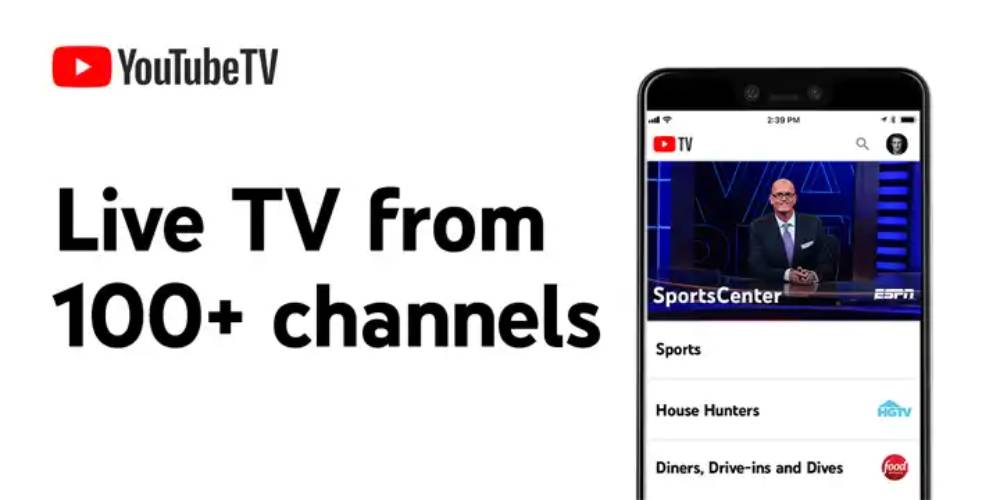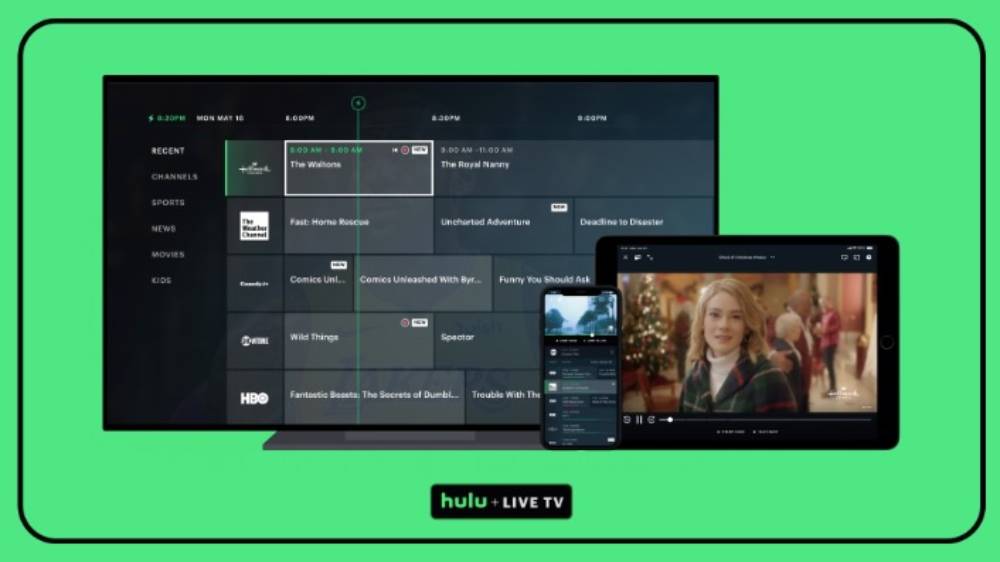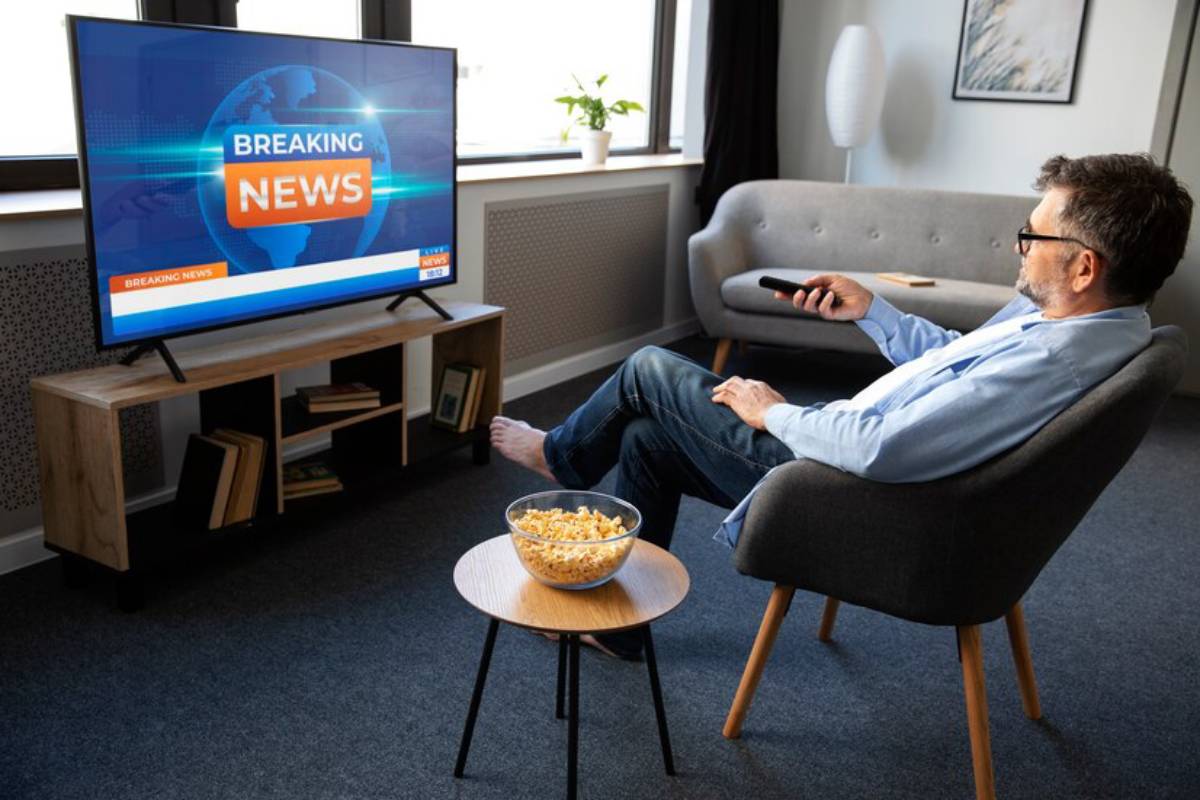
Live TV Streaming Services: Bridging the Gap Between Cable and Digital
Television has undergone a seismic transformation over the past two decades. What was once a living room-focused, cable medium is now an on-demand experience across many devices. More and more people are leaving traditional cable for digital options. This shift has led to a new choice: live TV streaming.
These services offer the speed of live TV and the ease of streaming platforms. For many viewers, they offer the perfect solution. You can keep your favourite channels, enjoy live sports, and catch breaking news. Plus, you’re not stuck with rigid contracts or bulky equipment.
This article looks at how streaming services in 2025 connect cable and digital. We highlight the top platforms, their benefits, and how cord-cutting changes the global media scene.
The Rise of Cord-Cutting
What Is Cord-Cutting?
Cord-cutting refers to the trend of cancelling traditional pay-TV services—usually cable or satellite—in favour of internet-based alternatives. Motivated by cost savings, convenience, and customisation, millions of households have embraced this shift.
According to industry data, cable TV subscriptions have declined steadily over the past ten years, with younger generations leading the charge. Yet, even in the streaming era, the appetite for live content remains strong. This is where live TV streaming steps in.
What Are Live TV Streaming Services?
Live TV streaming platforms deliver real-time television content over the internet. Unlike traditional streaming platforms (such as Netflix or Disney+) that rely on pre-recorded shows and films, these services offer live broadcasts of sports, news, and entertainment channels.
Key Features:
- Access to popular cable and network channels
- Live sports and news broadcasts
- Cloud-based DVR (digital video recording)
- No hardware installation required
- Month-to-month subscription models
In short, they offer the look and feel of cable—minus the cords.
Leading Live TV Streaming Services in 2025
1. YouTube TV

- Over 100 channels including ABC, CBS, FOX, NBC, ESPN, and CNN
- Unlimited DVR storage
- Add-ons like HBO Max, Showtime, and NFL Sunday Ticket
- Known for its intuitive interface and broad coverage of live sports
2. Hulu + Live TV

- Combines live TV with Hulu’s on-demand library
- Includes Disney+ and ESPN+ in bundled plans
- Over 90 live channels
- Excellent for families wanting a complete entertainment package
3. Sling TV
- Affordable and flexible with two base plans (Orange and Blue)
- Offers à la carte channel selection
- Ideal for budget-conscious users who want core cable channels
4. FuboTV
- Sports-centric service with strong offerings for football, basketball, and international sports
- Offers entertainment and news channels as well
- 4K streaming available for select events
5. Philo
- Low-cost alternative focused on lifestyle and entertainment
- No sports or major news networks
- Great for casual viewers wanting access to channels like TLC, HGTV, and Hallmark
These streaming services in 2025 represent the evolution of traditional television, tailored to modern viewing habits and preferences.
Why Viewers Are Switching to Live TV Streaming
1. Flexibility and Freedom
Most live TV streaming platforms operate on a month-to-month basis, with no long-term contracts or cancellation fees. This appeals to consumers tired of being locked into rigid commitments.
2. Multi-Device Access
Watch on a smartphone, tablet, smart TV, or laptop—anywhere with an internet connection. This multi-platform accessibility is ideal for today’s mobile-first audiences.
3. Cost Efficiency
While some services approach traditional cable prices, others offer slimmed-down packages at significantly lower costs. Users pay only for the channels they actually watch.
4. Customisable Experiences
With multiple add-ons, DVR features, and user profiles, live TV streaming offers a personalised experience that traditional cable can’t match.
5. Cloud DVR and Catch-Up TV
Record live broadcasts in the cloud and watch later at your convenience. This combines the immediacy of live programming with the flexibility of on-demand.
Challenges and Limitations
Despite their many benefits, live TV streaming services aren’t without drawbacks.
1. Regional Restrictions
Some channels, particularly sports networks, have geographic blackouts or licensing limitations. This can frustrate users who want to follow specific teams or events.
2. Internet Dependency
A stable, high-speed internet connection is required. Users in rural or underserved areas may find streaming services unreliable compared to cable.
3. Rising Subscription Costs
As more providers enter the market and content rights become more expensive, subscription fees have crept upward. For heavy channel users, the cost advantage over cable may narrow.
4. User Confusion
The abundance of options, bundles, and plans can be overwhelming. Many consumers struggle to determine which service best fits their needs.
Despite these issues, live TV streaming remains an attractive proposition for a growing number of households.
The Impact on the Traditional Television Industry
The surge in cord-cutting and live TV streaming has disrupted traditional broadcasters and pay-TV providers. In response, many legacy networks have launched their own direct-to-consumer platforms or partnered with existing streamers.
Industry Trends:
- Consolidation of services through bundles (e.g., Disney’s trio of Hulu, Disney+, and ESPN+)
- Increased investment in streaming infrastructure by traditional networks
- Shifts in advertising budgets from linear TV to digital platforms
- Content-first strategies to attract and retain subscribers
The lines between broadcast, cable, and streaming are blurring. The dominant players in 2025 will likely be those who can offer a seamless experience across all three.
Streaming in a Global Context
The appeal of live TV streaming is not confined to North America. International markets are quickly embracing the format, driven by increased internet access, mobile device penetration, and changing viewer habits.
Examples of Global Growth:
- In India, platforms like JioTV and Tata Play have popularised mobile-first live TV.
- In Europe, services like Zattoo and NOW (UK) offer regionalised live streaming options.
- In Africa, Showmax is expanding its live sports coverage through partnerships with broadcasters.
As these platforms mature, expect more global convergence and content cross-pollination.
The Future of Live TV Streaming
As streaming services in 2025 continue to evolve, several trends are likely to shape their future:
1. AI-Powered Personalisation
Advanced algorithms will curate live and recommended programming, tailoring the experience to user behaviour and preferences.
2. Interactive Features
From real-time voting in reality shows to sports stats overlays, interactive television will enhance engagement.
3. Ultra-Low Latency Streaming
New technology will reduce the delay between live broadcast and streaming, a key requirement for live sports and events.
4. Consolidated Super Bundles
Expect to see more bundled offerings combining live TV, on-demand content, and niche streaming under unified billing.
5. Hybrid Monetisation Models
Ad-supported tiers, pay-per-view events, and freemium models will expand, giving consumers more control over costs.
How to Choose the Right Service
Before subscribing, consider the following:
- Content needs: Do you watch mainly sports, news, or entertainment?
- Budget: Are you looking to replace cable fully or supplement existing services?
- Device compatibility: Is the service supported on your preferred devices?
- User experience: Does the interface suit your viewing habits?
- Trial periods: Many services offer free trials—test them before committing.
Comparison tools and review sites can help you find the ideal fit for your lifestyle.
Television, Reimagined for the Digital Age

Live TV streaming is not just a handy option for cable anymore. It has become a complete replacement, mixing the best features of both choices. These platforms provide a flexible, modern way for viewers to enjoy live content. They allow for immediacy without the limits of traditional TV.
As cord-cutting changes how people watch TV around the world, streaming services in 2025 are becoming more advanced. The divide between cable and digital is almost gone. What remains is a rich, customisable media experience shaped entirely around the user.
Act now: Check your current subscriptions, look into live TV options, and enjoy a viewing experience that gives you control.